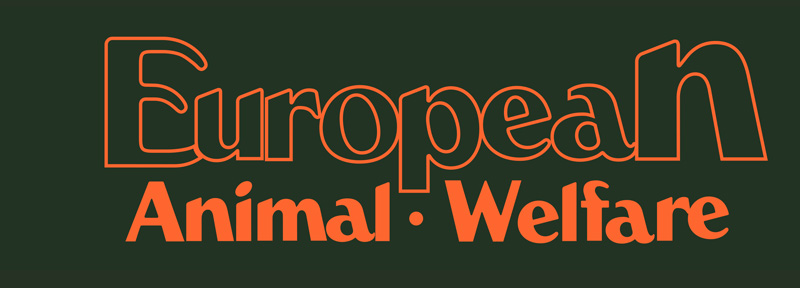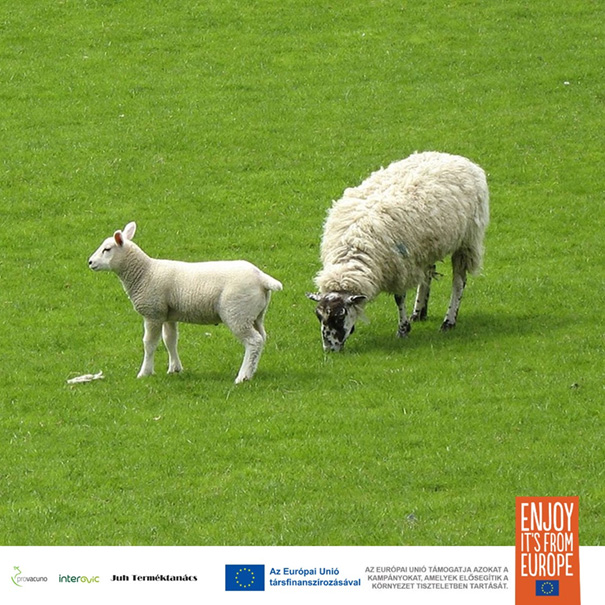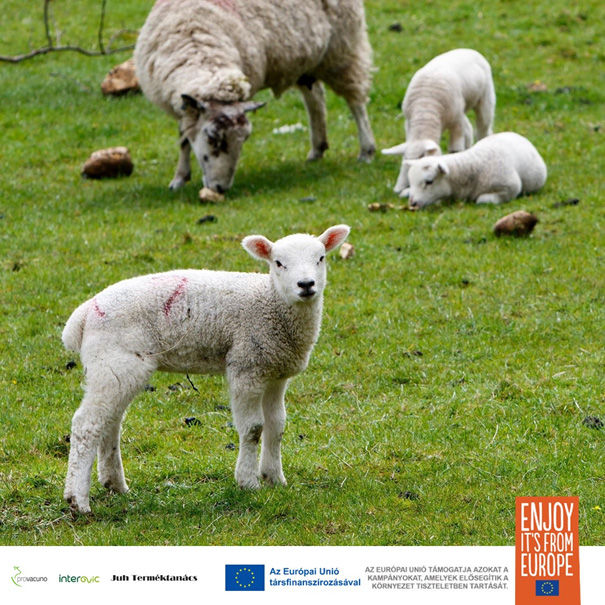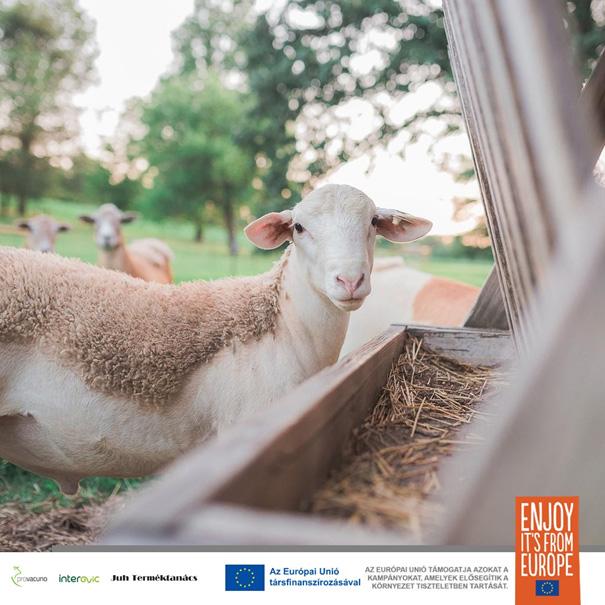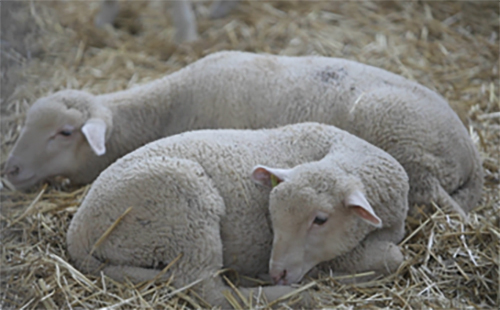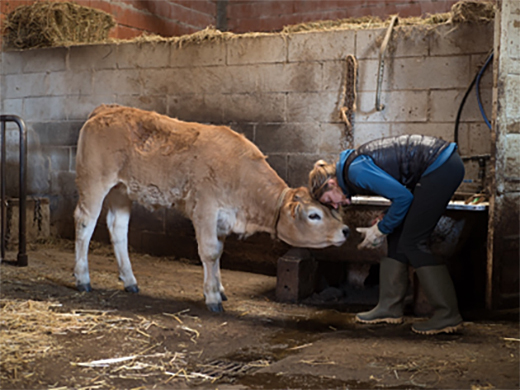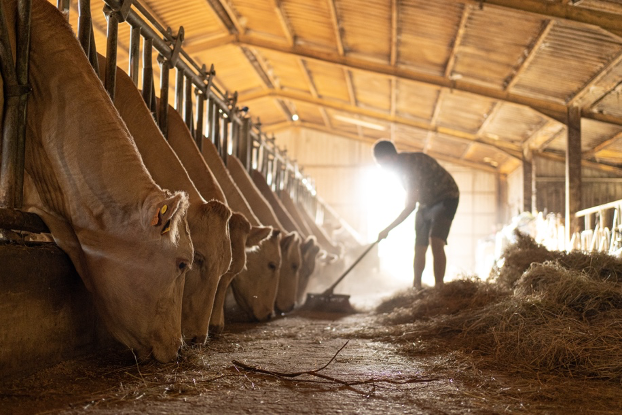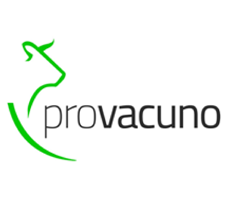According to leading animal welfare researcher Donald Broom (2005), stress is defined as the action of environmentally induced stimuli and emotions on an animal’s nervous, endocrine, circulatory and digestive systems, which can be measured.
The consequences of a hostile stimulus on an animal depend not only on that stimulus, but also on the animal’s ability to adapt to it. The factors that cause animal stress may be related to the facilities in which the animal lives, its food, the presence of diseases, the possibility of relating to its peers or the relationship of its caregivers.
It has been demonstrated that having good facilities, a complete and balanced diet, biosecurity measures to prevent diseases, housing conditions with the possibility of expressing natural behaviors, and adequate human care minimize the stress suffered by the animals.
Stress, therefore, is one of the scientifically based parameters that is measurable and becomes one of the parameters that define the welfare of an animal.
Qualified management, a key aspect to ensure animal welfare
Stress not only has an emotional influence on the animal, if it is maintained it can be a trigger for the animal’s susceptibility or infectious diseases and that is why, from birth, and throughout the breeding process, it is necessary to have the right conditions that allow the best possible development of the animals, from having facilities adapted to the needs of each stage of life of the animals; from feeding specific to the physiological state of each stage of life, to vaccination and disease prevention programs, as well as having operators trained in animal welfare, ensures that farm animals suffer less stress than those found in the wild.
For example, the training of workers includes how they should address the animals, instructing them to treat the animals in a slow, never abrupt manner, with a soft voice. Studies show that these guidelines improve stress conditions. Specifically, a study by the University of Vienna published in the journal Frontier in Psychology even states that interactions with animals using the voice may be less positive when spoken artificially, i.e. by using microphones.
Handling, transport and temperature as main stress factors.
Other recommended handling guidelines refer to how the animals should be transported, ensuring that this is always done in a slow, unhurried manner, providing the space they need and avoiding movements at times of high temperature.
Respecting the animal is the main piece when it comes to respecting the production process and the work of many farmers who sacrifice their lives for their animals.
During the breeding process, several factors must be taken into account, such as the fact that all ruminants have a personal space that will depend to a great extent on their nature or docility. Having knowledge of this «escape zone» will be useful to know how to move among those elements with which the animal feels comfortable and free of anguish.
In turn, the «escape zone» is the area around the animal in which it is relaxed. Those ruminants that are tame do not require this specific area, while those that are not, need an escape zone that avoids causing fatigue or stress if it is crossed.
Climate change, the main enemy
Although there is a great diversity of breeds of cows, sheep and goats that are adapted to the environment and are resistant to changes in environmental conditions, one of the aspects that has the greatest impact on stress is temperature.
To adapt to the conditions imposed by an increasingly variable climate, farms have ventilation systems that regulate factors such as humidity, thermal sensation and even the «bedding» where the animals are housed. This allows the animals to better adapt to the thermal situation at any given time. For example, during the summer months, water becomes an essential component for the animals, as does having spaces that are able to provide sufficient shaded, aerated and uncrowded areas.
